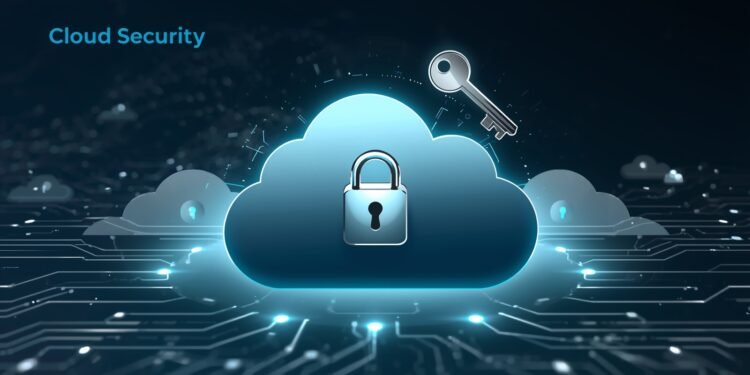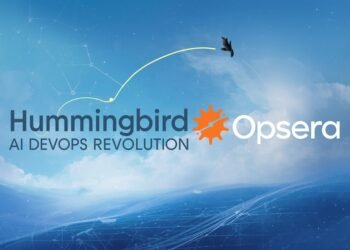In today’s hyper-connected world, software doesn’t just need to be fast — it needs to be secure at every step. That’s where AI-enhanced DevSecOps comes in. It’s more than a buzzword. It’s a transformative approach that embeds security directly into the DNA of your development pipeline — powered by automation, real-time analytics, and machine intelligence.
In this long-form article, we’ll explore how AI is redefining DevSecOps from the ground up — automating security controls, detecting threats proactively, and closing the dangerous gaps between code, infrastructure, and cloud-native environments.
Why DevSecOps Alone Isn’t Enough Anymore
DevSecOps was born out of a need to bake security into the software development lifecycle (SDLC), rather than slapping it on at the end. It was a powerful evolution from traditional DevOps. But here’s the problem: as the scale and speed of development increased, so did complexity — and human-driven DevSecOps began to crack under the pressure.
-
Security teams can’t keep up with rapid releases
-
Developers often bypass security checks in the name of speed
-
Cloud-native environments have blurred the perimeter completely
-
Threats are now more sophisticated, automated, and AI-driven themselves
That’s why manual tooling, static scanning, and checklist-based governance just aren’t cutting it anymore.
Enter AI: The Automation Brain of DevSecOps
AI-enhanced DevSecOps isn’t about replacing humans — it’s about augmenting every role in the pipeline with machine speed, precision, and scalability.
Here’s what changes when AI enters the picture:
1. Automated Code Analysis at Commit
AI-powered static analysis tools can now:
-
Understand code patterns contextually
-
Flag vulnerabilities like SQL injections or hardcoded secrets instantly
-
Suggest remediations developers can apply with a click
-
Continuously learn from past merges, exploits, and fixes
This reduces the time between commit and remediation from days to seconds — all without slowing developers down.
2. Machine Learning in CI/CD Pipelines
In modern pipelines, AI models are analyzing build behaviors and test results to:
-
Spot anomalies (e.g., new library behavior, risky file access)
-
Prioritize what actually matters based on historical breach data
-
Automatically halt builds if certain risk thresholds are crossed
That’s not just automation — that’s adaptive security.
3. AI-Powered Secrets Detection & Policy Enforcement
Hardcoded credentials, misconfigured tokens, and environment leaks are still a top risk — especially in containerized and serverless environments. AI is now embedded in tools like GitGuardian, SpectralOps, and JFrog to:
-
Catch secrets before they leave the IDE or hit a repo
-
Contextually enforce policy (e.g., block PR if production API key is detected)
-
Escalate only the true threats, reducing alert fatigue
Cloud-Native Security: From Reactive to Predictive
Securing the cloud is a game of cat and mouse — and attackers are moving faster than ever. AI-enhanced DevSecOps changes that by putting defenders ahead of the curve.
⚙️ AI in Cloud Workload Protection
Tools like Orca Security, Wiz, and Lacework are using graph-based machine learning to:
-
Map every asset, workload, permission, and data flow
-
Predict which configurations are exploitable (e.g., exposed S3 + unpatched Lambda + public route)
-
Prioritize risks based on blast radius and business impact
-
Trigger policies or remediations automatically
This isn’t just about dashboards — it’s context-aware decision-making at scale.
Use Case: From Code Commit to Cloud Audit — Fully Secured by AI
Let’s walk through a real-world flow of how AI-enhanced DevSecOps can secure a modern pipeline:
-
Developer commits code → AI analyzes for vulnerabilities, secret leaks, and dependency risks.
-
CI pipeline triggers → AI scans containers and infrastructure-as-code for misconfigurations.
-
Runtime protection activated → AI observes behavior in staging, flags abnormal connections or privilege escalations.
-
Cloud compliance checked → AI ensures production environments follow SOC 2 or NIST policies.
-
Alerts fed into ML models → Future pipelines become smarter by learning from prior incidents.
Result? A self-healing, self-learning software supply chain.
Challenges to Watch: AI Isn’t Magic (Yet)
AI-enhanced DevSecOps isn’t without its caveats:
-
False positives still frustrate developers
-
Biases in training data can lead to blind spots
-
Sophisticated attackers can “trick” models or poison datasets
-
AI explainability is still maturing — making it hard to prove why a build was blocked
That’s why human oversight, AI red teaming, and continuous tuning are critical.
Best Practices to Get Started
If you’re ready to bring AI into your DevSecOps program, here are key tips:
-
Start with AI-driven SAST/DAST tools that integrate natively into your repo and CI/CD.
-
Choose cloud security platforms that prioritize risk context over alert volume.
-
Train your teams — not just on using tools, but on how AI makes decisions.
-
Automate policies gradually, starting with low-risk enforcement and escalating from there.
-
Use feedback loops between security and development to refine AI models over time.
Final Thoughts: DevSecOps Was the Start — AI Is the Multiplier
DevSecOps gave us a seat at the table. But now, with AI-enhanced pipelines, we’re building systems that:
-
Learn from attacks
-
React before breaches
-
Scale beyond human limits
In a world where software is the business — and threats evolve daily — AI is no longer optional. It’s the core of modern, resilient, secure-by-design delivery.
It’s time to stop scanning and start learning.


















